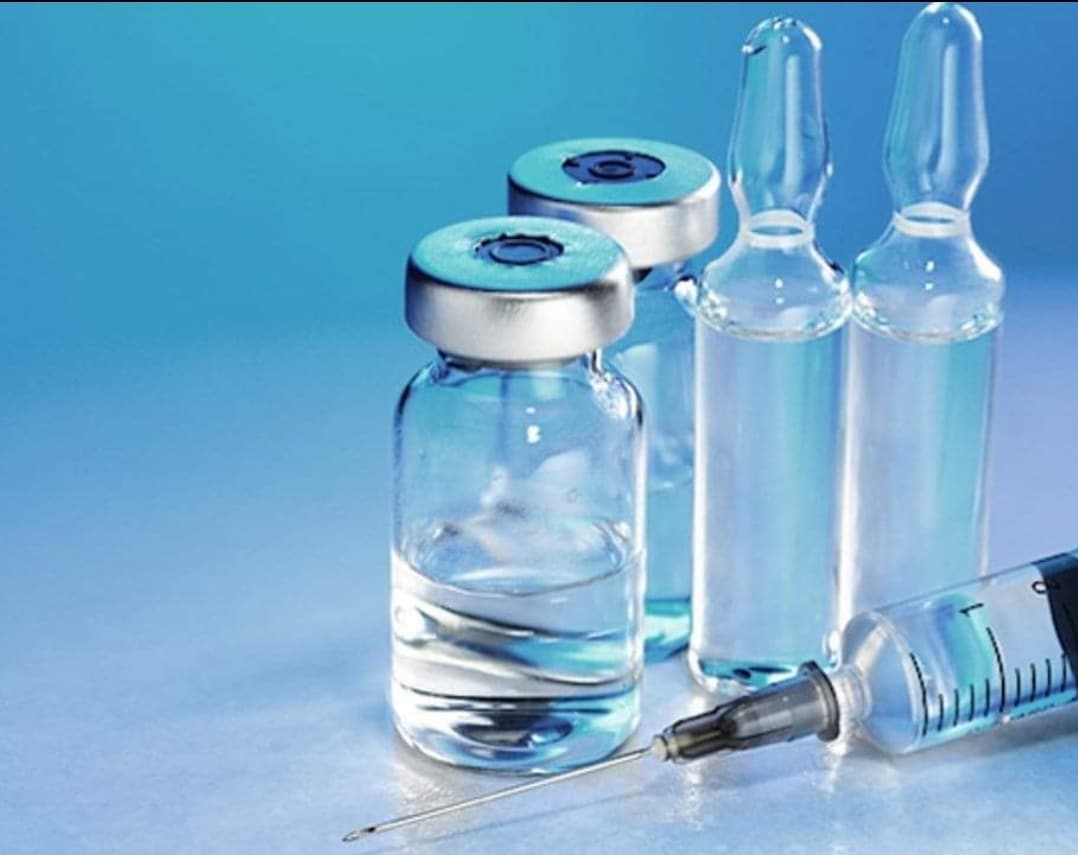USP Inorganic Impurities Testing in Parenterals
The United States Pharmacopeia (USP) Chapter 735 on "Inorganic Contaminants" is a critical guideline for pharmaceutical testing, particularly focusing on the quantification and identification of inorganic impurities present in parenteral products. This service ensures that injectable and parenteral medications meet stringent safety standards set forth by regulatory bodies to safeguard patient health.
Parenterals are sterile solutions administered directly into the bloodstream or body tissues. They encompass a variety of formulations such as intravenous fluids, injections, infusions, and suspensions. The presence of even minute amounts of inorganic impurities like heavy metals (e.g., arsenic, mercury, lead) can have severe adverse effects on patients, including toxicity, organ damage, and reduced efficacy.
Our laboratory adheres to the latest USP guidelines for testing parenteral products by employing advanced analytical techniques. The service involves a detailed procedure that includes sample preparation, initial screening, quantification using instrumental methods like Inductively Coupled Plasma Mass Spectrometry (ICP-MS), and final analysis of results against prescribed limits.
The process begins with thorough sampling from the parenteral product batch. This is followed by dissolution in appropriate solvents to facilitate accurate measurement of inorganic impurities. The solution is then subjected to ICP-MS for precise quantification, which can detect trace levels down to parts per billion (ppb). Post-analysis, we generate a comprehensive report that includes all detected contaminants along with their concentrations relative to established thresholds.
The importance of this service cannot be overstated in the pharmaceutical industry. It plays a pivotal role in ensuring product safety and compliance with international standards such as USP, ICH, and FDA regulations. By leveraging our expertise and state-of-the-art equipment, we provide reliable data which is essential for regulatory submissions.
Inorganic impurities testing is crucial for several reasons:
- To ensure patient safety by eliminating potential health risks from trace amounts of harmful substances.
- To maintain product quality and consistency across batches.
- To comply with stringent industry regulations aimed at protecting public health.
Our commitment to excellence extends beyond mere compliance. We strive to exceed expectations through rigorous testing protocols, cutting-edge technology, and meticulous attention to detail. This dedication ensures that every batch of parenteral product undergoes the highest level of scrutiny before being released into the market.
Benefits
The benefits of USP Inorganic Impurities Testing in Parenterals are multifaceted:
- Enhanced Patient Safety: By identifying and quantifying trace amounts of potentially harmful substances, this testing significantly reduces the risk of adverse reactions.
- Regulatory Compliance: Ensures strict adherence to USP guidelines, thereby facilitating smoother interactions with regulatory authorities.
- Quality Assurance: Consistent results across different batches enhance overall product quality and reliability.
- Innovation Support: Helps R&D teams refine formulations by pinpointing sources of impurities that could affect performance or stability.
These advantages contribute to building a robust reputation for your organization, fostering trust among stakeholders including healthcare providers and patients.
Quality and Reliability Assurance
The quality and reliability assurance processes in our laboratory are designed to uphold the highest standards of precision and accuracy. Our team comprises highly skilled professionals who employ best practices throughout each stage of the testing procedure:
- Precision Sampling: Ensures representative samples from diverse areas within a batch.
- Standard Operating Procedures (SOPs): Follow strict guidelines for handling, processing, and analyzing samples.
- Calibration of Instruments: Regular checks ensure that all equipment operates at optimal performance levels.
- Inter-Operator Variability Checks: Minimizes discrepancies due to individual differences among analysts.
Our robust quality management system integrates these measures into a seamless workflow, guaranteeing consistent and accurate results every time. This commitment to excellence has earned us recognition as a trusted partner in the pharmaceutical industry.





